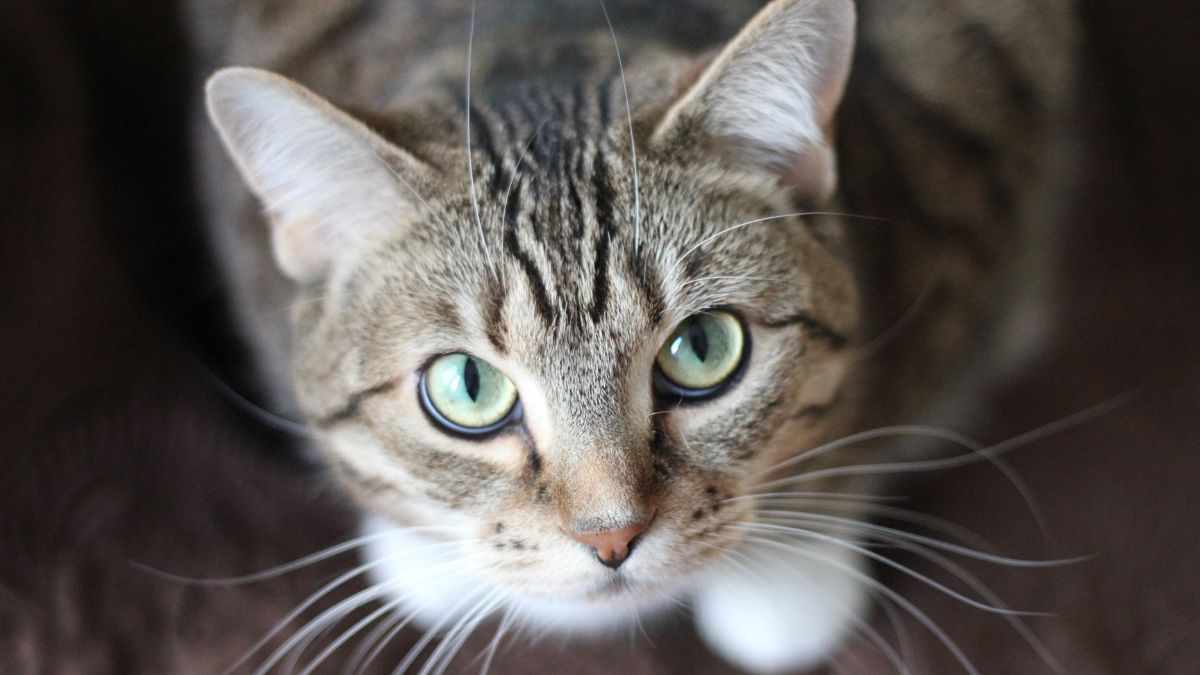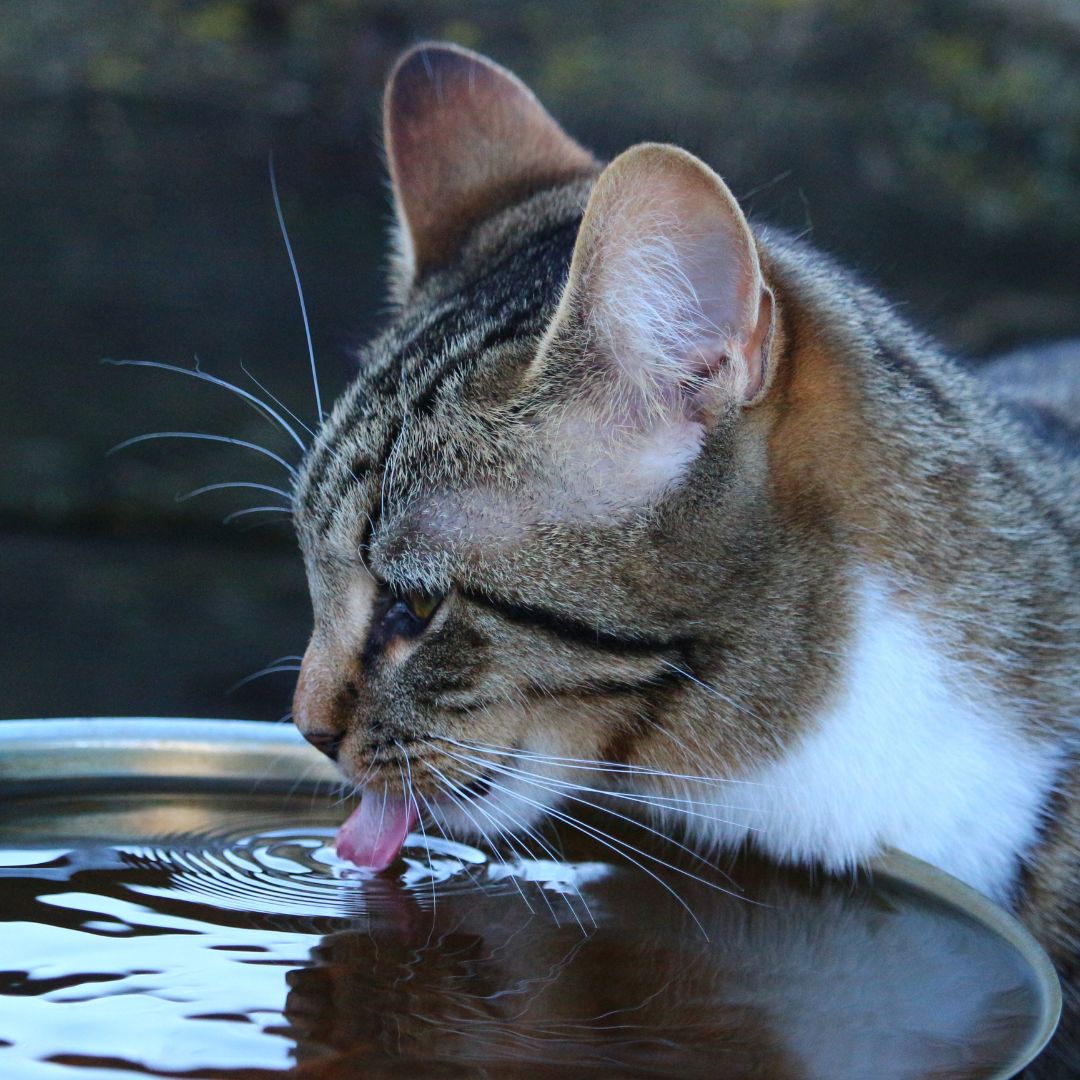
Signs of Heatstroke in Cats (And How to Prevent or Treat It)
23 Jun 2023.
Summer is here which (hopefully) means plenty of time in the sunshine! But, with warmer weather there can often come a risk of heatstroke in cats. Unlike us, your furry friend can’t strip off their outer layers to cool down. Cats must wear their fur coats all year round and for some felines, like Persians, this can be particularly dangerous in hot weather. It’s easy for any cat to overheat or experience heatstroke. Not sure what to watch for? Below, Cat in a Flat explains the signs of heatstroke and how you can treat and prevent it.
Table of contents
How do cats get heatstroke?
While overexposure during hot weather is one way for a feline to overheat, it doesn’t always have to be hot out for heatstroke to occur. Too much exercise in warm weather or being left in a warm and humid environment for long periods of time can both cause heatstroke in cats. However, there is a higher risk if your kitty is overweight, are a certain breed, or if they have a particularly thick coat.

How do I know my cat has heatstroke?
It’s important to know what to watch for so that you can get a sick or injured feline help immediately. Here are the major signs of heatstroke in cats:
- Panting or noisy breathing
- Restlessness or agitation (your cat may pace constantly or appear to seek out shade or water)
- Drooling
- Disorientation
- Red gums or tongue
- Increase in heart rate
- Vomiting or diarrhoea
What to do when a cat overheats
If you notice any of the above symptoms or are concerned your cat has heatstroke, you need to act immediately. Heatstroke in cats can progress very rapidly and potentially become a dangerous emergency. Here’s what to do if you think your kitty is overheating:
- Immediately take your cat to a cool area. If possible, turn on a fan to make sure it’s well-ventilated.
- Offer your kitty small sips of water, but DON’T force them to drink.
- Pour some cool water on them. Most cats hate water, but if your kitty can tolerate it pouring cool water on them is a good way to cool them down quickly. However, DON’T use ice-cold water as this will reduce blood flow and make it harder for their bodies to cool down effectively.
- If you don’t want to pour water on your cat, try draping a cool, wet towel over them instead. DON’T leave the towel on your kitty for longer than five minutes.
- Call your vet. A medical professional will be able to advise you on the next steps to take. Even if it seems like your cat has recovered from the heatstroke, take them for a vet check-up anyway. Some serious signs of heatstroke aren’t always easy to spot, and a clean bill of health from your vet will put your mind at ease.

How can I prevent my cat from getting heatstroke?
It’s always best to be preventative with your cat’s health instead of waiting until you need to seek help because something has gone wrong. Here are some ways to prevent heatstroke in cats.
- Make sure Mr Whiskers has plenty of clean water sources around your home. If your kitty spends time outdoors, place a bowl of water outside too. Cats drink a lot of water and it’s especially important to make sure your kitty stays hydrated in the warmer months. You can even add ice cubes to water to cool it down for your fur friend!
- Keep the environment cool. If you’re going out of town during the hot summer months, ask your cat sitter to keep you updated on the temperature in your home. Your cat sitter can switch on fans or turn on the air con if it’s too warm for your kitty. If it’s safe, you can even ask your cat sitter to air out your home by opening a window or two during their visits.
- Limit exposure to heat. Try to limit your cat’s outdoor time during peak heat. Allow them outside early in the morning or in the evening once it’s cooled down. Even then, make sure your cat has plenty of shady spots and access to water sources so they can stay safe and avoid heatstroke when outside. Try to keep them away from hot surfaces such as sand, concrete, and asphalt.
- Never leave cats in vehicles. It’s dangerous to leave your cat alone in a car, but especially so when temperatures are very cold or hot. Not only can your cat freeze in the winter, but they can suffer heatstroke in the summer too. Even in mild weather, the temperature can rise quickly inside your car, and this can be dangerous and even fatal for your cat.
- Groom your kitty regularly. The thickness of your fur friend’s coat will depend on their breed. However, regardless of whether your kitty is long-haired or short-haired, daily grooming during hot months can help your cat steer clear of heatstroke. Brushing your feline’s coat will also prevent it from becoming matted or sweaty. If Mr Whiskers has a long coat, you may even consider trimming it to help keep them cool!
- Watch for changes in behaviour. When temperatures soar, it’s a good idea to monitor your kitty’s behaviour a little more closely. Watch out for signs of overheating and be sure to react quickly if you suspect your cat has heatstroke.
All cats are susceptible to heatstroke, so it’s important that every paw parent takes measures to prevent it. This way you and your furry friend can enjoy the summer months together! Looking for more tips on how to care for your kitty? Check out our blog post on how to let your cat safely outside for the first time and useful safety tips all paw parents need to know.
- #catinaflat
- #pet care
- Cat Care
- cat heatstroke
- heatstroke in cats
- prevent cat heatstroke

